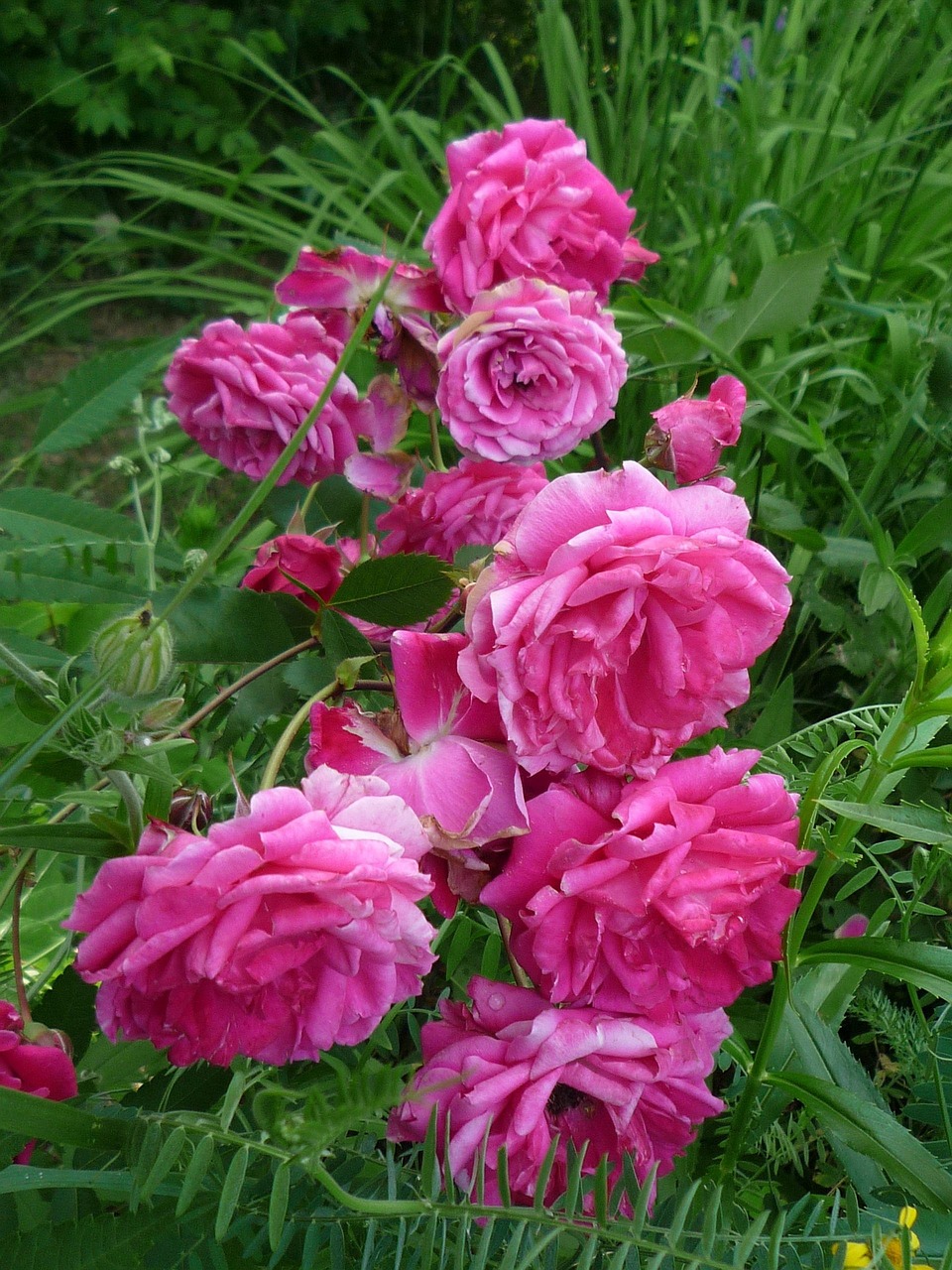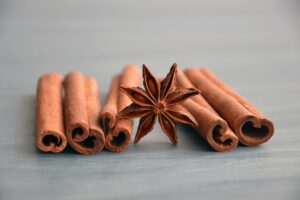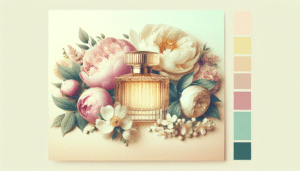Have you ever caught a whiff of an enchanting fragrance that transported you to another world with its rich and exotic aroma? Arabian perfumes, renowned for their complex layers and opulence, encompass a tradition steeped in centuries of craftsmanship and cultural heritage. The art of Middle Eastern perfumery, with its roots deeply planted in the sands of history, offers an alluring journey into a world where aromas narrate stories of luxury, passion, and identity.
This article will take you through a sensorial exploration of Arabian perfumery, a realm that is both ancient and ever-evolving. The Middle Eastern perfume industry continues to flourish, offering unique blends that are celebrated worldwide.

This image is property of pixabay.com.
A Historical Overview of Arabian Perfumery
Origins and Evolution
The history of Arabian perfumes dates back thousands of years, with their origins intertwined with the cultural practices of the Middle East. In ancient times, fragrances were an integral part of religious rituals and daily life, seen as a divine craft. The use of fragrant resins, flowers, and spices for aroma and incense was prevalent in regions including Egypt, Mesopotamia, and Persia.
Fast forward to the Islamic Golden Age, Arabian perfume craftsmanship matured into a distinguished art form. Arab chemists conceptualized and refined the process of distillation, enabling the extraction of essential oils. Renowned scientists like Al-Kindi and Avicenna made significant contributions, including the development of scent blends and extraction techniques that laid the groundwork for modern perfumery.
Cultural and Religious Significance
Perfumes hold profound cultural and religious significance in the Middle East. In Islam, fragrances are esteemed, often used in purification rituals as a symbol of spiritual cleanliness. The Prophet Muhammad is said to have had a particular affinity for perfumes, emphasizing their use in daily life. This cultural reverence for scent transcends time, deeply influencing both personal rituals and social customs.
In many Middle Eastern cultures, gifting perfumes is an expression of goodwill and respect. Fragrances are not merely for adornment but serve as an extension of one’s identity and social status. Fragrance houses and souks (marketplaces) emphasize the craft of perfume making as a revered tradition.
Key Ingredients in Arabian Perfumes
Resins, Woods, and Spices
Arabian perfumes are distinguished by their potent and exotic ingredients, often derived from natural sources like resins, woods, and spices.
Common Ingredients:
| Ingredient | Description |
|---|---|
| Oud (Agarwood) | Known as “liquid gold,” oud is a cherished ingredient extracted from agarwood trees. It imparts deep, woody, and slightly sweet notes, creating a luxurious scent profile. |
| Amber | Amber, valued for its warm and spicy aroma, is a staple in creating rich and complex fragrances. It serves as a base note with alluring, resinous qualities. |
| Saffron | Saffron, a precious spice, introduces a subtle floral and earthy scent. Its inclusion adds an exclusive and delicate touch to fragrances. |
| Frankincense & Myrrh | These ancient resins are used for their aromatic, balsamic, and woody qualities. They enrich perfumes with spiritual and mystical connotations. |
Floral Elements
Floral notes provide a balance to the rich and often intense base notes found in Arabian perfumes. Flowers such as rose, jasmine, and orange blossom play a crucial role:
- Rose: Often coupled with spices and resins, rose petals impart a soft and romantic aroma, especially the Damask rose celebrated for its sublime fragrance.
- Jasmine: It lends a sweet, narcotic, and exotic essence that blends seamlessly with heavier base notes, adding depth.
- Orange Blossom: Known for its refreshing and honeyed scent, orange blossom infuses perfumes with a joyful and uplifting character.
Unique Blends: The Technique of Layering Scents
Arabian perfumery is an art form characterized by skillful blending and layering of scents to create intricate olfactory experiences. This multidimensional approach allows perfumes to unfold over time, revealing different facets, much like a story:
- Top Notes: Introduce the fragrance with light, refreshing aromas, often citrusy or floral.
- Heart Notes: Emerge as the top notes fade, adding body with full floral or spicy scents. This layer forms the essence of the perfume.
- Base Notes: Provide longevity and depth with rich, intense aromas like oud or amber.
The synergy between varying notes creates complex fragrances that evolve on the skin, offering a personalized aroma journey.

This image is property of pixabay.com.
Crafting Arabian Perfumes: The Process and Philosophy
Traditional Methods
Arabian perfumes are meticulously crafted using time-honored methods. The traditional techniques focus not only on the outcome but the philosophy behind fragrance creation, where patience, precision, and respect for natural resources are key.
Perfumery Techniques:
-
Distillation: A pivotal method, especially for producing essential oils from flowers and spices. This process requires expertise to maintain the purity and integrity of each note.
-
Maceration: The technique of infusing fragrant materials in oil or alcohol over weeks or months. It ensures the complete transfer of scent molecules to the carrier liquid, encouraging a richer fragrance profile.
-
Tincturing: Similar to maceration but often employs herbs or spices. In this method, materials are immersed in alcohol, absorbing the aroma compounds over time.
Craftspeople and perfume houses treat the creation of a fragrance as a form of artistic expression, where the choice of each ingredient and method serves a specific purpose to achieve harmony.
Modern Innovations
While rooted in tradition, Arabian perfumery has embraced innovation, merging ancient techniques with contemporary trends and science. The perfume industry leverages advanced methods in scent production, refining precision in blending, and exploring sustainable sources for rare and endangered natural ingredients.
Emerging perfume brands navigate the balance between heritage and modernity, incorporating synthetic notes when necessary without compromising the authenticity of the scent. Technology enhances the olfactory creativity and accessibility of Arabian perfumes, allowing for experimental and customizable fragrances.
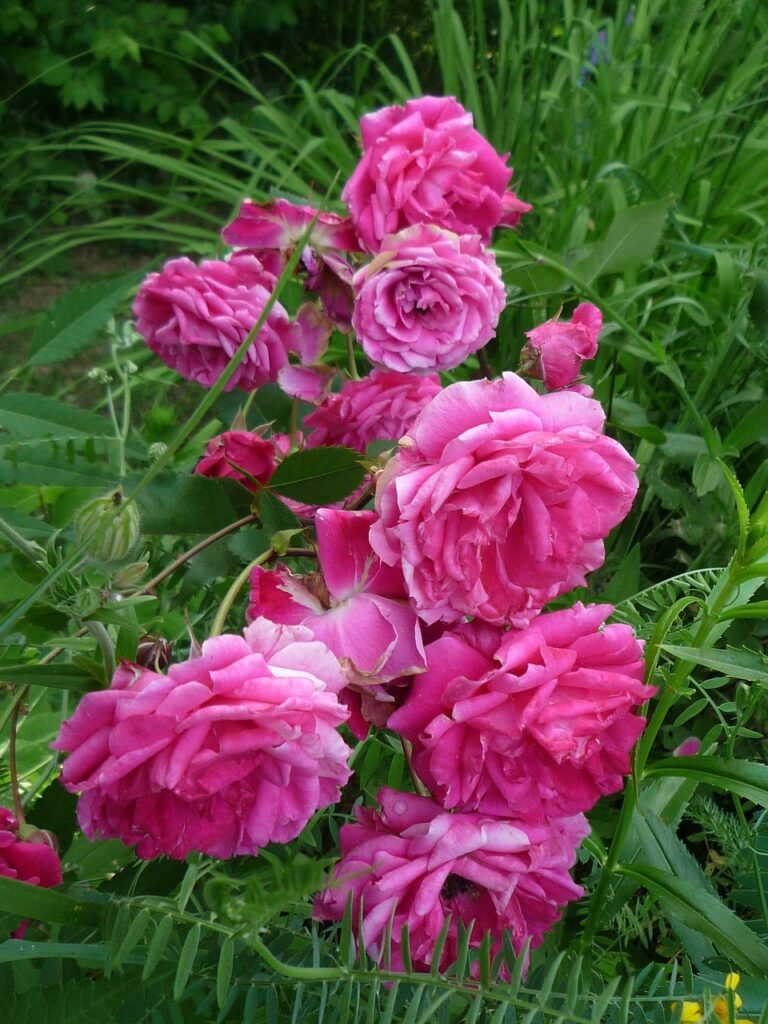
This image is property of pixabay.com.
The Global Influence of Arabian Perfumes
A Niche in the Modern Market
Arabian perfumes have carved a distinctive niche in the global market, increasingly sought after for their unique and luxurious profiles. These fragrances have transcended regional boundaries, gaining admiration worldwide from perfumery enthusiasts and professionals alike.
Middle Eastern perfume houses—such as Amouage, Ajmal, and Rasasi—exemplify this cross-cultural appeal, offering contemporary audiences an exotic range of scents and bespoke creations. Collaborations with Western designers and perfumers further amplify Arabian perfumes’ presence in international markets.
Cultural Exchange and Adaptation
The global influence of Arabian perfumes also signifies cultural exchange, where traditional Middle Eastern scents inspire worldwide trends in fragrance innovation. Consequently, Western perfumes incorporate elements of oud, spice, and incense, tweaking blends to accommodate varying palates.
Arabian perfumes are not merely an olfactory delight but serve as storytellers bridging cultural divides. They promote an appreciation for the Middle East’s rich heritage and artisanal qualities in the context of globalization and modern aesthetics.
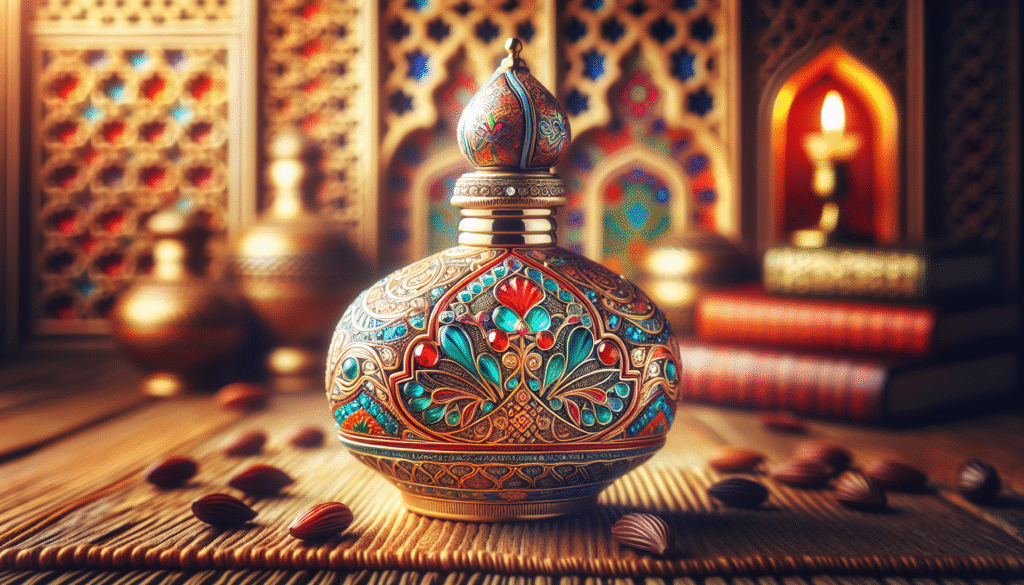
Tips on Choosing the Right Arabian Perfume
Understanding Personal Preference
Selecting the perfect Arabian perfume involves understanding one’s personal preferences, as these fragrances are known for their robust and distinctive characteristics.
-
Aroma Strength: Deciding between an intense and soft fragrance is influenced by individual tolerance and sensory experience. Arabian perfumes usually vary in strength, offering options from light to opulent.
-
Scent Type: Consider whether captivating oud, charming florals, or warm ambers align with your aromatic identity.
Testing and Experiencing
Testing is key when choosing a fragrance:
-
Patch Test: Apply a small amount to your skin, allowing the scent to interact with your body chemistry. This step helps determine how the perfume evolves throughout the day.
-
Patience: Avoid rushing the decision. Allow time to perceive the scent fully and identify its transition from top to base notes.
-
Sample Variety: Explore different options within the vast spectrum of Arabian perfumes to define the notes that resonate with you.
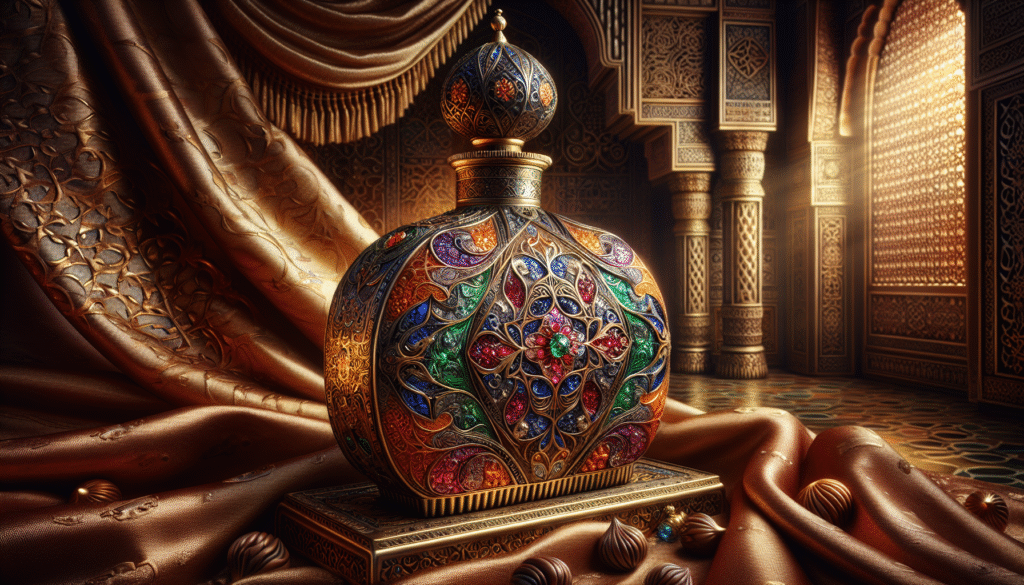
Final Thoughts: Embracing the Artistic Heritage
The majestic world of Arabian perfumes represents more than an olfactory signature; it is an evocative canvas painted with heritage, mastery, and emotion. The artistry behind Middle Eastern perfumery invites you to explore its profound beauty and brilliance. Whether as a daily adornment, a collector’s passion, or a cultural exploration, Arabian perfumes offer an enriching sensory experience vividly engraved with traditions woven from time-honored rituals and contemporary sophistication.
Your journey through Arabian perfumery promises to be one of elegance, mystery, and timeless allure. Take each note as a memoir of art, culture, and humanity—a fragrant testament to the profound legacy that continues to enchant and inspire across continents.

